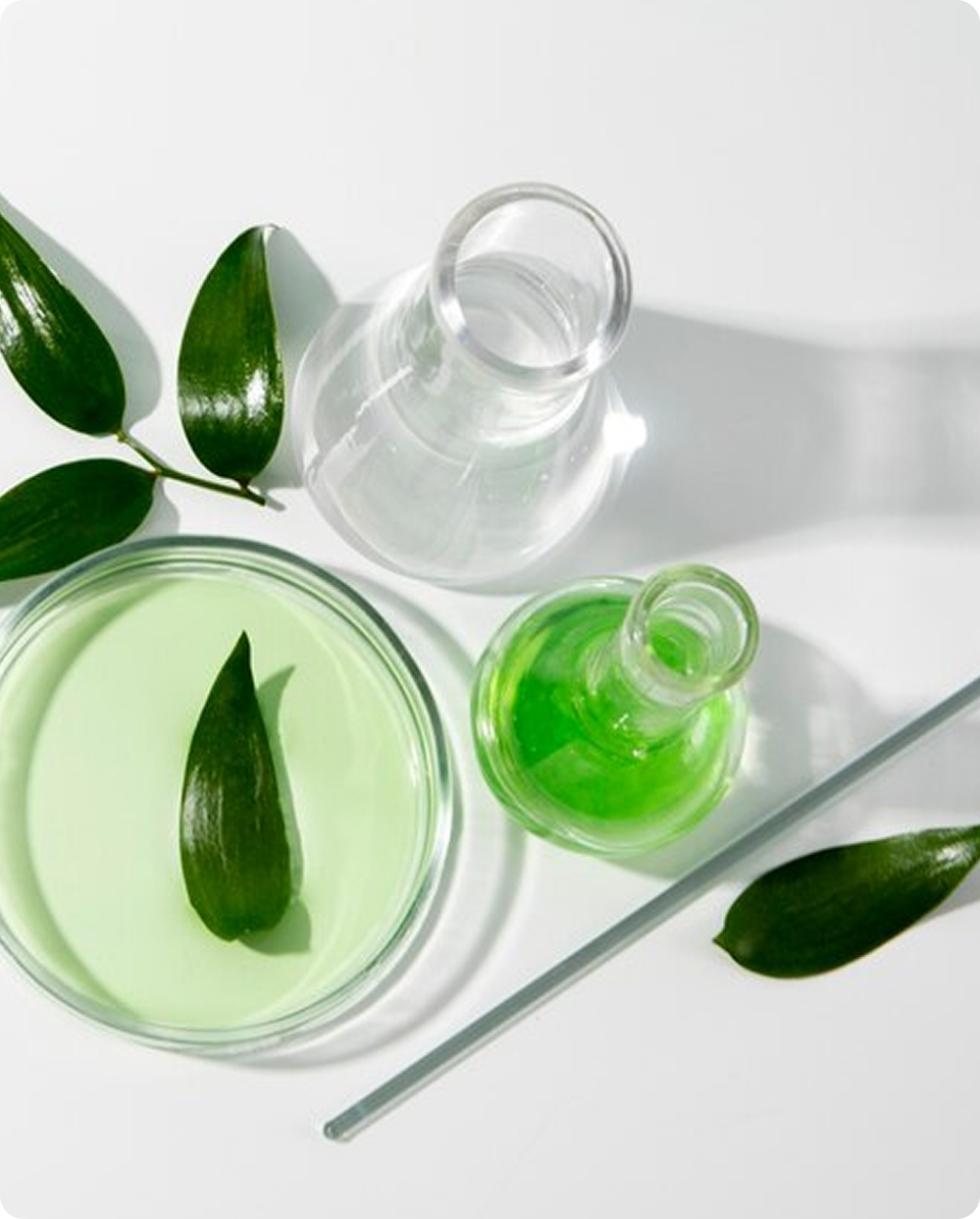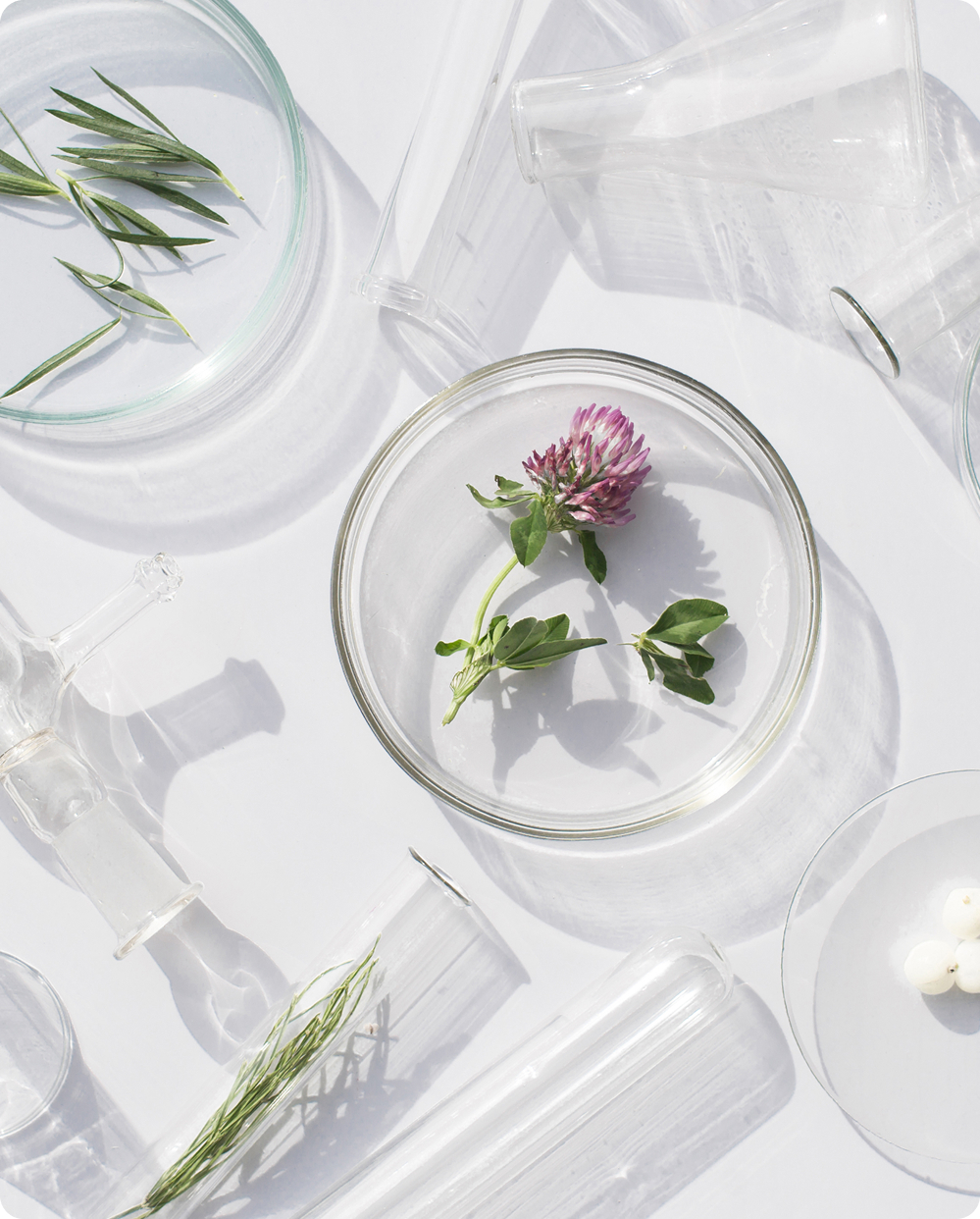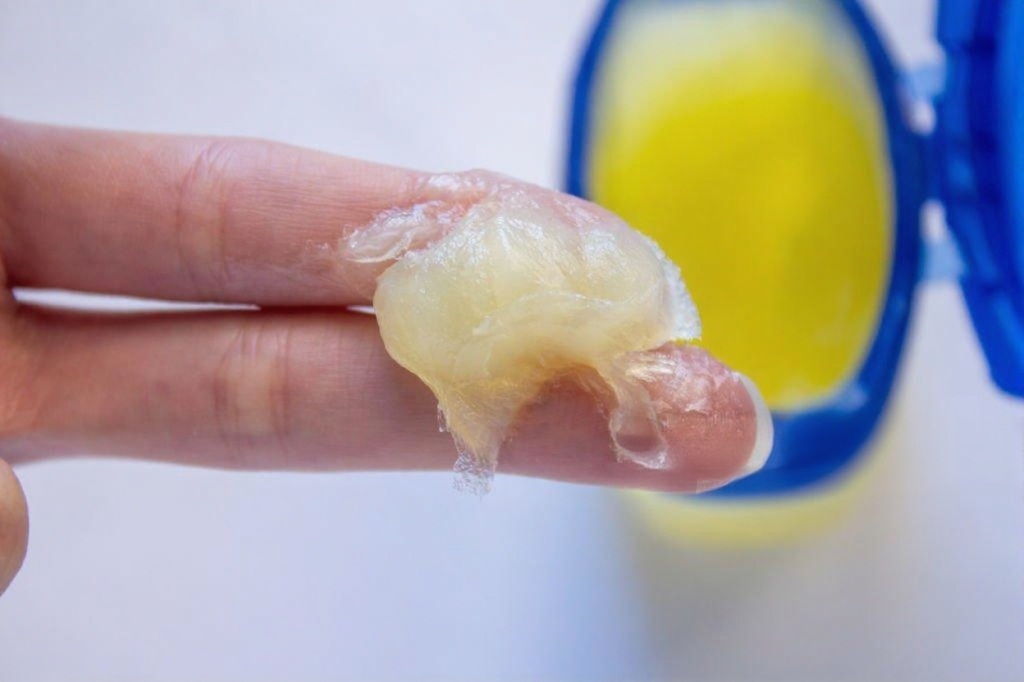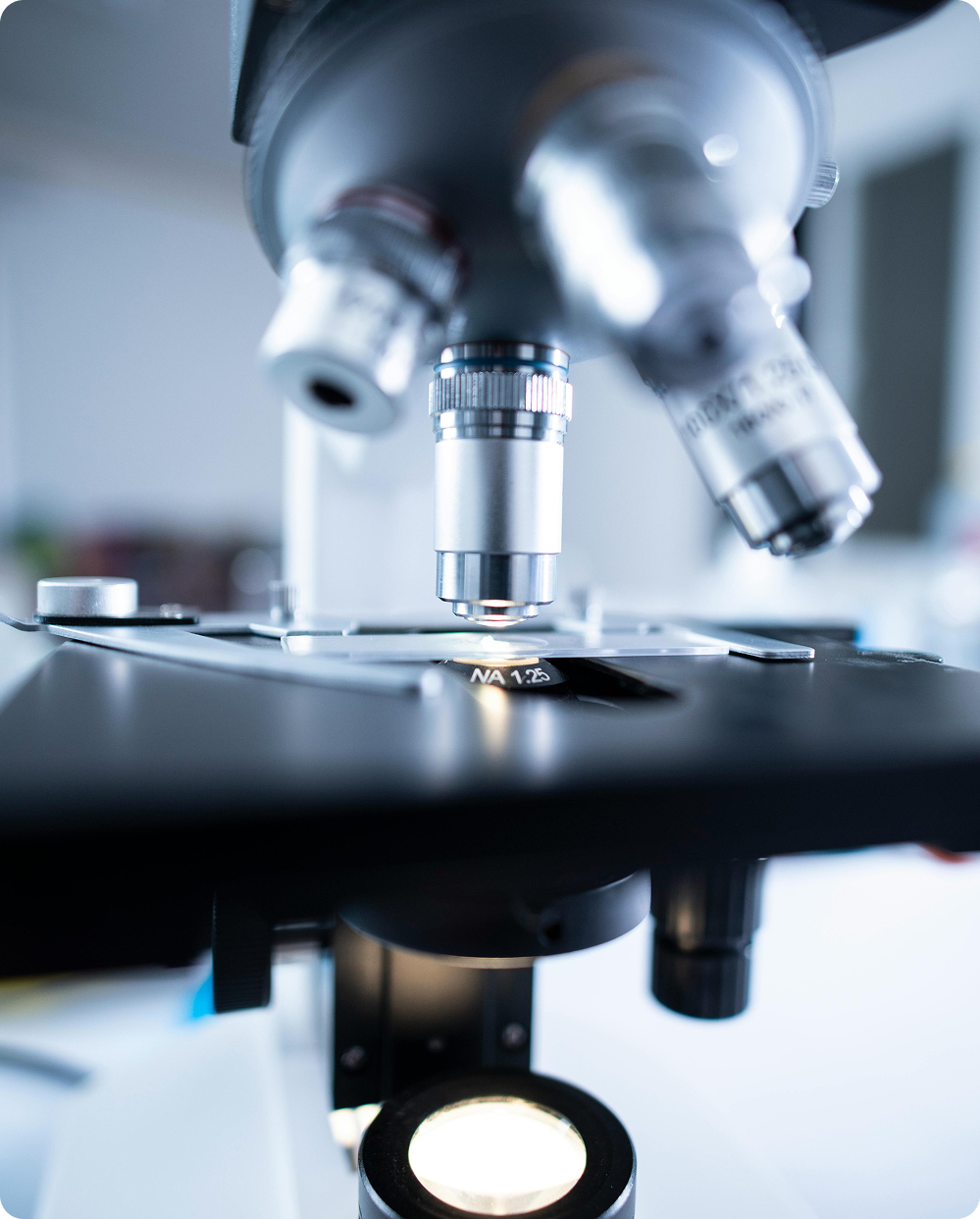Can semen cause yeast infections? The answer isn't a simple yes or no. Semen doesn't directly cause yeast infections, but it can create conditions in your body that make yeast overgrowth more likely to happen [1].
The reality is that this pattern affects some women more than others, and understanding why can help you figure out what to do about it. We'll walk through what's actually happening in your body, why some women experience this while others don't, and most importantly, what you can actually do to prevent it.
What's actually happening when this occurs
When semen enters the vagina during unprotected intercourse, it creates a temporary but significant change in your vaginal environment. Think of your vaginal pH as a protective barrier that keeps harmful microorganisms in check.
Your vagina normally maintains an acidic environment with a pH between 3.8 and 4.5 [1]. This acidic environment is maintained by beneficial bacteria called Lactobacilli, which produce lactic acid and keep harmful microorganisms, including yeast, from multiplying too quickly [1].
Semen, on the other hand, is relatively alkaline with a pH of approximately 8.0 [1]. This creates a significant pH difference that temporarily neutralizes your vagina's protective acidity.
Research shows that semen can trigger the growth of bacteria that act as a physiological buffer, and unprotected sex can significantly alter vaginal pH so that it remains elevated even after 10 to 14 hours [1]. This temporary pH change leaves your vagina less protected against infection during that window.
The keywordd here is "temporary." For most women, this pH disruption resolves on its own as the body's natural systems restore balance. But for some women, that temporary window is enough of an opening for Candida (the fungus that causes yeast infections) to multiply and cause symptoms.
It's important to understand that yeast infections typically occur at a normal vaginal pH of around 4.0 [1]. So the issue isn't that semen directly feeds yeast or causes an infection. Instead, the temporary pH disruption can weaken your body's natural defenses against yeast overgrowth.
Why some women experience this pattern while others don't
The truth is, most healthy women with uncomplicated yeast infections have no identifiable precipitating factors [2]. But certain women are more susceptible to developing yeast infections after the temporary pH disruption that comes with unprotected sex.
Recent antibiotic use is one of the biggest risk factors. Antibiotics kill the good bacteria in your vagina along with the harmful bacteria they're meant to target [3]. When your protective Lactobacilli are reduced, even a temporary pH change from semen can tip the balance toward yeast overgrowth.
Hormonal factors also play a significant role. You might notice this pattern happens more at certain times in your menstrual cycle, or if you're taking birth control pills or hormone therapy [3]. Pregnancy also increases your risk because of hormonal changes.
Diabetes that isn't well-managed makes you more susceptible because the extra sugar in your system can help yeast grow and multiply [3]. A weakened immune system from any cause also makes it harder for your body to keep yeast growth in check [3].
Interestingly, research shows that certain sexual practices are associated with a higher yeast infection risk. A major study found that recent oral sex (specifically cunnilingus) was positively associated with yeast infections, with women who received oral sex five times a month having 2.22 times higher odds of developing a yeast infection [4].
However, what didn't increase risk? The number of sexual partners, age at first intercourse, or frequency of intercourse [4]. This reinforces that it's not about being sexually active in general, but about specific factors that can disrupt your vaginal environment.
What you can actually do about it?
If you're dealing with this pattern regularly, the good news is that there are practical strategies that can help.
Immediate post-sex strategies
Urinating after sex can help clear some semen from your system more quickly. Gentle cleaning with plain water can help, but avoid harsh soaps or douching, which can further disrupt your vaginal environment [3].
Timing matters when it comes to interventions. The research shows that pH changes can persist for 10 to 14 hours after unprotected sex [1], so this is the window when your natural defenses are most compromised.
Natural support options
If you're dealing with this pattern regularly, supporting your body's natural defenses can help address the underlying mechanisms.
The key to preventing post-sex yeast infections is helping your vaginal pH return to its protective acidic state more quickly. Lactic acid plays a crucial role here because it directly supports the acidic environment where beneficial bacteria naturally flourish and yeast growth is suppressed.
Research shows that lactic acid not only helps restore optimal pH but also creates conditions where your natural Lactobacilli can reestablish themselves [1]. Products designed for pH restoration, like Neycher's BV Away, combine lactic acid with soothing botanicals like calendula and aloe vera to address both the pH disruption and provide comfort during the vulnerable recovery period.
For women who find they're consistently prone to yeast overgrowth after pH disruption, certain plant-based compounds have demonstrated antifungal properties in research. Tea tree oil, for example, has been studied for its ability to fight against Candida overgrowth while being gentler on vaginal tissues than synthetic alternatives.
Natural formulations like Neycher's Yeast Away utilize tea tree oil's antifungal properties alongside soothing botanicals like plantain leaf to address both potential overgrowth and tissue comfort.
Long-term Prevention Strategies
Consider barrier methods like condoms, which prevent semen from entering your vagina and causing pH disruption. This is often the most effective prevention strategy for women who consistently experience post-sex yeast infections.
Pay attention to timing around your menstrual cycle. Some women find they're more susceptible to this pattern at certain times of the month when hormonal changes already affect their vaginal environment.
Manage underlying risk factors like keeping blood sugar well-controlled if you have diabetes, or discussing with your healthcare provider whether your birth control method might be contributing to the pattern.
When to see a doctor
While occasional yeast infections after sex can be normal for some women, there are times when you should definitely talk to a healthcare provider.
If this is a new pattern for you and you haven't experienced post-sex yeast infections before, it's worth getting evaluated. Sometimes what seems like a yeast infection can actually be bacterial vaginosis or another condition.
If you're getting yeast infections frequently (four or more times a year), this is considered complicated vulvovaginal candidiasis and warrants professional evaluation [2].
If your symptoms don't fit the typical yeast infection pattern or if over-the-counter treatments aren't helping, you need a professional diagnosis. Not all vaginal symptoms are caused by yeast.
If prevention strategies aren't working and you're still getting infections despite trying these approaches, professional guidance can help identify other contributing factors or treatment options.
The reality about semen and yeast infections
The truth is, semen can create conditions that favor yeast growth, but it's not a direct cause for everyone. For some women, the temporary pH disruption from semen is enough to trigger yeast overgrowth, especially if other risk factors are present. For others, their robust vaginal microbiome handles these temporary changes without any problems.
If you experience yeast infections after unprotected sex, you're not imagining things, and you're not abnormal. You might just be more sensitive to pH changes, or you might have other factors that make you more susceptible.
The good news is that there are practical things you can do. Whether it's using barrier protection, supporting your body's natural pH recovery, or working with a healthcare provider to address underlying risk factors, you have options.
Remember that yeast infections are incredibly common. Up to 3 in 4 women will have at least one yeast infection in their lifetime, and about half will have two or more [5]. You're definitely not alone in dealing with this.
The key is finding what works for your body and your situation. Don't let embarrassment keep you from getting the help or information you need. This is a common issue with practical solutions.
References
[1] Lin, Y. P., Chen, W. C., Cheng, C. M., & Shen, C. J. (2021). Vaginal pH value for clinical diagnosis and treatment of common vaginitis. Diagnostics, 11(11), 1996. https://pmc.ncbi.nlm.nih.gov/articles/PMC8618584/
[2] Centers for Disease Control and Prevention. (2021). Vulvovaginal Candidiasis - STI Treatment Guidelines. https://www.cdc.gov/std/treatment-guidelines/candidiasis.htm
[3] Mayo Clinic. (2024). Yeast infection (vaginal) - Symptoms and causes. https://www.mayoclinic.org/diseases-conditions/yeast-infection/symptoms-causes/syc-20378999
[4] Reed, B. D., Gorenflo, D. W., Gillespie, B. W., Pierson, C. L., & Zazove, P. (2000). Sexual behaviors and other risk factors for Candida vulvovaginitis. Journal of Women's Health & Gender-Based Medicine, 9(6), 645-655. https://pubmed.ncbi.nlm.nih.gov/10957753/
[5] Cleveland Clinic. (2025). Vaginal Yeast Infection: Causes, Symptoms & Treatment. https://my.clevelandclinic.org/health/diseases/5019-vaginal-yeast-infection








